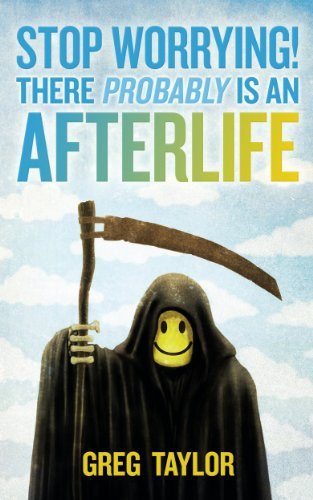
Taylor covers a great deal of ground, which means that he cannot go into any one topic in depth, but there is enough to open up avenues for the interested reader to explore further. Chapters range from the early days of psychical research, with the pioneering work of the SPR, and come so far up to date that Sam Parnia’s AWARE (AWAreness during REsuscitation) study is included, even though at the time of writing only preliminary results were available. There are snippets of interviews with academic researchers, and it is interesting to hear them talk informally about their work, outside the confines of books and journal articles. The presentation is well balanced, mixing case studies with theory and indicating the strengths and weaknesses of the various approaches. Taylor has found a good representative number of examples which show that there are commonalities across time and cultures, together forming a case for survival that requires more from sceptics than a reflexive dismissal of the evidence and the bald unsupported assertion that death equals extinction.
Well, that’s the idea. In practice, as Taylor is aware, critics tend not to shift their prior opinions very easily, even when it appears that experiments have been conducted under rigorously controlled conditions. There are numerous instances of sceptical arguments that are superficial and distort the evidence in order to dismiss it (as a case in point, Taylor has analysed in depth Martin Gardner’s hatchet job on Leonora Piper in his Darklore article ‘How Martin Gardner Bamboozled the Skeptics: A Lesson in Trusting a Magician’). But as the probably in Stop Worrying!’s title indicates, Taylor himself is not dogmatic, and presents those who are dubious about the likelihood of our survival of bodily death with an array of phenomena deserving of consideration, even if ultimately there are no definitive answers.
Together these findings suggest the possibility that consciousness – in some form or other – survives the death of the body. That this is an area which needs much more investigation than it has received hitherto is indicated by the underreporting of NDE experiences, making them seem rarer than they are; experients are often frightened of ridicule, or being labelled disturbed, and keep what happened to themselves. Even without these additional data, the book’s conclusion is that while the research described may not be able to prove the continuation of consciousness, the various types of evidence examined hint that our comprehension of reality is limited at present, so we should keep our minds open. Those who believe that they have returned from the edge of the afterlife often feel that they have been transformed by the journey, and that they may have had a tiny glimpse into a future life that awaits everyone.
In sum, the title and cover may give the impression that this is not going to be a serious book, but actually it is a thoughtful, and extremely accessible, overview of past and current survival research. Those who are new to the subject, who have perhaps been prompted by the death of a loved one to wonder if they will meet on the other side, and are not satisfied with either reductionist materialist theories that see the cessation of brain function as the end point of our existence, nor religious doctrines that require belief in the existence of the afterlife as simply a matter of faith, will find it an excellent introduction. The references are thorough, but I wish Taylor had added an index. And if he decides to bring out a new edition, he might consider issuing it with a more sober cover.
A longer review, by Robert A. Charman, appears in the October 2014 issue of the SPR’s Journal.

